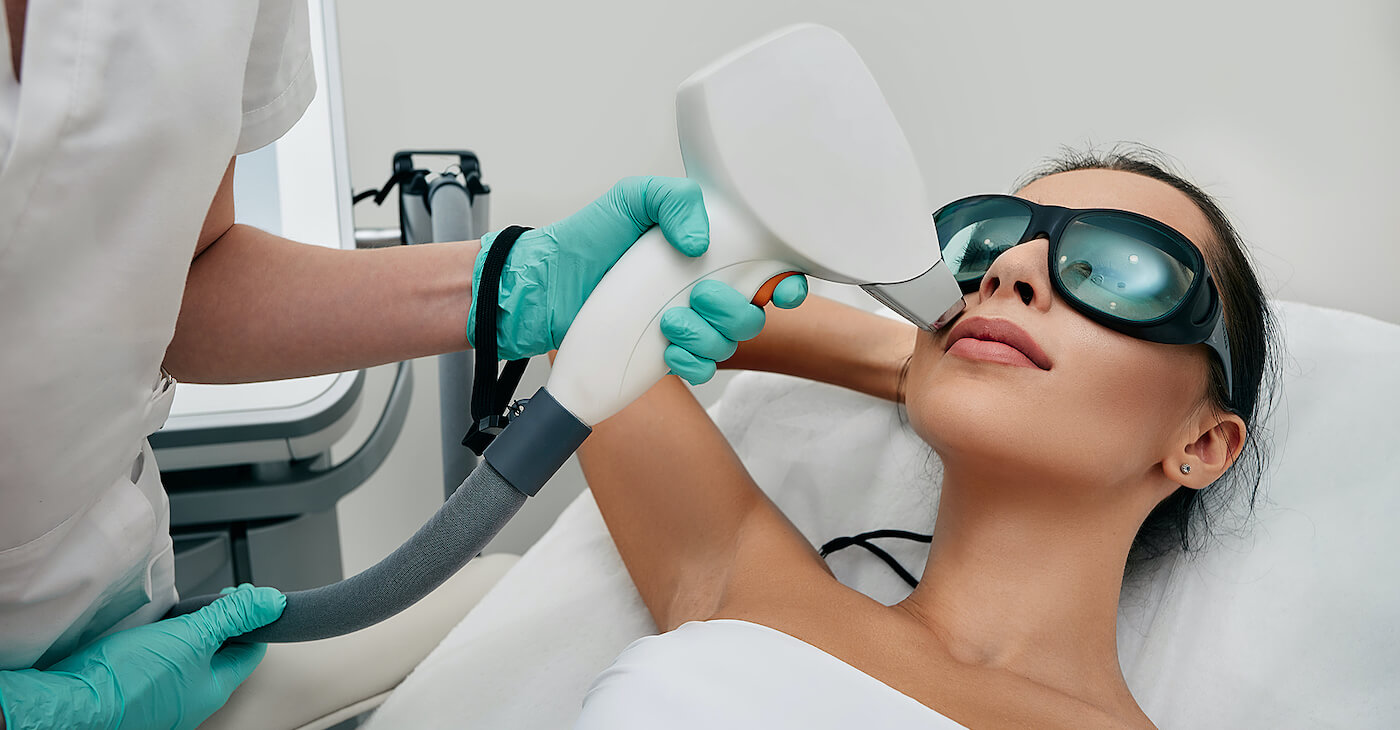Techniques to help manage your discomfort after surgery
March 25, 2021
Back To Blog
Studies show that when patients actively participate in their pain management, they have less pain when they return home after surgery. Research also shows that techniques like the ones below can help with surgical pain. Follow the steps below:
Step 1: Belly breathing
Taking deep breaths from your abdomen can:
- Reduce anxiety and relax your muscles which helps
- Relieve pain around your surgical site.
Start by relaxing your arms and legs.
- Take a deep breath, counting to 5 while you draw a long deep breath in.
- Exhale out slowly, counting to 5 while you slowly breathe out.
- Relax your jaw. Relax your throat.
- Take another long, slow deep inhalation, counting to 5 while you inhale.
- Now exhale out again, slowly, making your exhale as long as your inhale.
- Repeat 10 times.
Step 2: Guided imagery
- Visualizing pleasant, soothing places and situations can “trick” your brain into a state of lessened pain and anxiety. Imagine a place you would like to go to such as Hawaii. Imagine the smells, sounds and sensations there, whether it is the sound of the ocean, the smell of saltwater or the sensation of warm sun on your skin. Take some deep breaths while you are picturing this (go back to step 1).
Step 3: Positive distraction
- Research shows that a mind occupied with other thoughts is less able to experience pain. Getting up and about as much as possible will help. Read, watch TV, do puzzles, talk to friends and family
- Do things to occupy your brain. If you are enjoying yourself, your body will release natural painkillers, called endogenous opioids, or “feel good” molecules, that will fight pain.
Step 4: Speaking up
- Do not be afraid to ask for pain medications if your pain persists.
- Concerns about addiction to pain medications in this setting are for the most part, unfounded. Research shows this is very rare if medications are taken as directed. The best way to prevent pain from developing in the future is to make sure you are managing it now, in the days following surgery.





